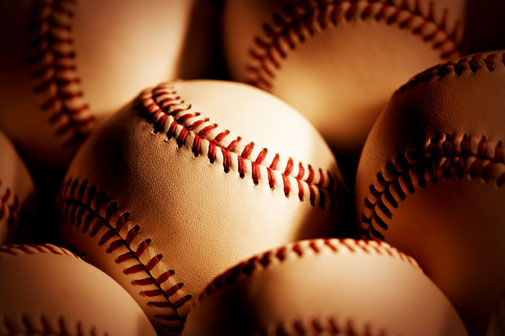
With a proper training program implemented, a pitcher can strength train and pitch effectively during a long baseball season.
There are generally three types of pitchers on a baseball team; starters, relievers, and closers. They all have different responsibilities, which make them differ in their kinetic and kinematic demands of pitching. Great communication among pitching coach, strength coach, and athletic trainer is critical in helping a pitcher improve his or her performance.
For general program development, a pitcher should train hardest when his scheduled outing is furthest away from the training day. In a hard training session, a pitcher will be expected to lift heavy weights, 85~95 % of his maximum strength. As the pitcher’s outing closes in, he should focus on the speed of movement and decrease the weight lifted, to 40~45% of maximum strength, for faster recovery.
Besides strength training, a pitcher needs to develop and maintain his shoulder stability and mobility to minimize the chance of getting injured. To train for stability and mobility, a pitcher can implement prehabilitation program, which involves light weight shoulder exercises and multiplanar shoulder rotations, for everyday.
A pitcher needs a routine to train and pitch effectively. Knowing the demand of a pitcher’s responsibilities can help strength and conditioning professionals design an effective program. Strength training, formerly known as a detriment to a pitcher’s performance, has become a critical part of a pitcher’s career.



0 responses so far ↓
There are no comments yet...Kick things off by filling out the form below.
Leave a Comment